Discover The Digiday Podcast
The Digiday Podcast

376 Episodes
Reverse
The 25-year-old fashion, entertainment and culture publication Nylon went digital-only in 2017, but owner BDG is officially reviving the print magazine this year – albeit biannually.
Debuting with a limited 50,000-issue run, the magazine will be distributed on newsstands, in the lobbies of high end boutiques, hotels and airport lounges and at Nylon House events, vs. being available via subscriptions, according to Emma Rosenblum, chief content officer at BDG. But that number and distribution model could change based on the reception from readers and advertisers alike, she added.
And so far, the advertiser reception has been better than expected, with the premier issue featuring several ad pages. Rosenblum said that she was willing to put out the first relaunched issue of Nylon without any advertisers signing on, just to get a proof of concept in order. But with the sales team already up to snuff on selling a print product thanks to six-times-per year W magazine, securing ad revenue was possible before the first issue went to print.
On the latest episode of the Digiday Podcast, Rosenblum discusses the highs and lows of making a print product and why Nylon was the first brand within her remit to have a physical iteration.
The creator economy is bursting at the seams as brands tap into social media stars, both big and small, hoping to recreate word of mouth-style marketing online.
In fact, agency clients and brands invested more in influencer marketing in 2023 than they did in 2022, according to Digiday+ research. In Q1 of 2022, 69% of agency professionals said their clients spent at least a very small portion of their marketing budgets on influencers. By Q1 of 2023, that figure jumped to 76%. Goldman Sachs predicts that the creator economy could approach half of a trillion dollars by 2027.
As more money flows into the creator economy, creators are looking for two things: their fair share of that money and more sovereignty over their online presences. And Linktree, a link-in-bio tool, is positioning itself to be an intermediary, facilitating the growth, per Lara Cohen, vp of partners and business development at Linktree.
“There's a shift happening right now and I think the financial shift has really yet to catch up directionally [with] where the market is right now, in some ways,” Cohen said on the most recent episode of the Digiday Podcast. “The real shift that we haven't seen yet that we're really advocating for on the front lines of Linktree is that these creators should be paid more.”
On this episode, we caught up with Cohen to talk about the growing creator economy, monetization at Linktree and what maturation looks like in this space.
Prebiotic soda brand Olipop is in growth mode, coming off $200 million in annual sales and its first national campaign with pop star Camila Cabello last year.
A lot of the six-year-old brand’s initial popularity tracks back to TikTok. However, the last year has been transformational for Olipop, positioning itself as a true competitor to the likes of legacy brands like Pepsi or Coca Cola.
“We’re such a different company today than we were 12 months ago largely because of that growth,” said Chad Wilson, head of marketing for Olipop, on a recent episode of the Digiday Podcast. “From a marketing perspective, we have seen huge success in social and influencers. We jumped on social early on in the company’s growth and it was like rocket fuel almost.”
On this episode of the Digiday Podcast, we caught up with Wilson to talk about maintain Olipop’s momentum, its in-house agency and what testing and learning looks like on TikTok.
Earlier this year, Janice Min, CEO of The Ankler, said that she’s expecting to hit $10 million in annual revenue in 2025. During a podcast recording with Digiday, Min revised that statement to say, “We have a shot of getting to that number this year.”
To do that, Min’s team is taking a three-pronged, straightforward approach: Make good content to attract audiences, quality audiences that are attractive to advertisers, and combine those things in-person through events.
“I wish we had some AI-generated something that was going to be the thing that rains down millions of dollars on us, but it's really boring,” said Min.
“Boring” — or not, it's notable that a media company that launched in January 2022 and covers Hollywood is charting revenue growth at all amid two major film industry strikes as well as a tumultuous period for advertising revenue.
On the latest episode of the Digiday Podcast, Min shares how “tune-in” advertising and “for your consideration” advertising have persisted despite the strikes and how The Ankler, born on Substack, has expanded across platforms to become a full-fledged digital media outlet.
Get more from Digiday with the daily newsletter, sent out each weekday morning. Visit digiday.com/newsletters to sign up.
Coming off of SXSW where Vox Media hosted the conference’s three-day-long podcast stage, the company’s recently appointed CRO Geoff Schiller is going all-in on these types of in-person selling opportunities to generate ad deals for the publisher’s portfolio of digital and audio assets.Centering the Vox Media sales pitch on talent, franchises and tent poles, Schiller said on a recent episode of the Digiday Podcast that this is the formula he and his sales team are following to differentiate the digital media company in the market. It’s a similar play to other publishers that are focusing on “going niche” versus competing for scale plays against platforms this year.In this week’s episode Schiller talks about the state of the digital advertising market and how he’s showcasing vertical expertise to clients in various ways, from taking insights on a roadshow to showcases at industry events.
For the last few months, marketers and advertisers have finally had to reckon with the fallout of Google’s crumbling third-party cookie amid an increasingly fragmented media landscape. Meaning, targeting and measurement are getting harder to do. However, it’s something Liz Mella, director of marketing for Farmer’s Fridge, has been tasked with working through as the food vending company is without an e-commerce point of sale.
With more than 1,000 locations nationwide in airports, hospitals, office buildings, universities and more, Mella said Farmer’s Fridge's business model has required non-traditional marketing strategies. “We are looking into doing things, like we’re buying media at the exact point of purchase,” she said in a recent interview with Digiday. “But there's no easy, silver bullet approach to this. It's really doing a lot of small things to build the amplifier effect of media.”
On this episode of the Digiday Podcast, we caught up with Mella to talk about Farmer’s Fridge’s non-traditional approach to marketing, measurement and media.
Get more from Digiday with the daily newsletter, sent out each weekday morning. Visit digiday.com/newsletters to sign up.
Zola isn’t just a website for weddings anymore. Late last year, the e-commerce company went from a one-stop destination for all things wedding to include a new baby registry service, Zola Baby. Typically, a new service comes with renewed customer acquisition efforts. But this latest endeavor has revolved around word-of-mouth as opposed to shelling out ad dollars to find new shoppers, according to Zola CMO Victoria Vaynberg.
The company has experimented with out-of-home advertising in the past and currently has an active TikTok presence to help boost brand awareness. On this episode of the Digiday Podcast, we caught up with Vaynberg to talk about Zola’s TikTok strategy, growth in a new category and navigating today’s ever-changing digital landscape.
Get more from Digiday with the daily newsletter, sent out each weekday morning. Visit digiday.com/newsletters to sign up.
While the recent advertising slowdown has also impacted the amount of money allocated to marketing to media companies created for non-white audiences, Parker Morse, CEO and founder of My Code said that it hasn’t stopped marketers from realizing the value in reaching multicultural audiences.
In fact, while the industry standard is 5% of advertiser budgets earmarked for multicultural marketing, that figure has turned into a floor, not a ceiling, over the past few years, he said, adding that the expectation is that 2024 will see a return to growth in this sector.
On the latest episode of the Digiday Podcast, Morse talks about how My Code is iterating on the go-to-market strategy this year to ensure marketers are aware of the value in reaching multicultural and historically underrepresented audiences, both from a buying power perspective, but also from a sheer volume perspective. Morse also discusses how My Code has spent the past three years building out the portfolio of Hispanic audience-focused publications to build a more holistic representation of Latinx consumers in the United States.
Get more from Digiday with the daily newsletter, sent out each weekday morning. Visit digiday.com/newsletters to sign up.
Following an on-stage conversation at the Digiday Programmatic Marketing Summit in December, Kerel Cooper, president of advertising at Group Black, joined Digiday once again on the latest episode of the Digiday Podcast to dive further into his continued efforts to shed light on the legacy programmatic media buying practices that often disadvantage Black-owned media companies.
Working with ad verification firm Double Verify, Group Black pulled together research that illustrates just how much ad inventory on Black-owned media companies is cut from media budgets when rudimentary tools like keyword blocklists and domain-level categorization are implemented in media buys.
Now, Cooper is working with his partners at DV to raise awareness of these findings to educate the buy-side as well as work with trade organizations to create standards for not eliminating large swaths of Black-owned media from programmatic spending.
In this conversation, Cooper talks about the results of the research with DV as well as how the deprecation of the third-party cookie is changing the way advertisers are up-ending their programmatic buying practices this year.
Get more from Digiday with the daily newsletter, sent out each weekday morning. Visit digiday.com/newsletters to sign up.
Magic Spoon, the cereal company that launched entirely online back in 2019, has since expanded its footprint to more than 16,000 national retailers to meet shoppers where they are, whether that’s online or in-store.
Historically, the cereal company built its millennial and Gen Z following via short-form social media videos, podcasts alongside other direct-to-consumer brands. But as its retail footprint expands, so does its ad strategy, to include things like in-store aisle displays. On this episode of the Digiday Podcast, we caught up with Gabi Lewis, co-founder at Magic Spoon, to talk about the brand’s expanded retail footprint, standing out in a crowded category and of course, the measurement woes plaguing marketers.
Get more from Digiday with the daily newsletter, sent out each weekday morning. Visit digiday.com/newsletters to sign up.
Last year, PepsiCo Beverages was taking a test-and-learn approach to a fragmented video landscape. This year, with more ad-supported streaming platforms, most recently including Amazon Prime, the continued creator economy boom and more, there are more places than ever to advertise.
That fact is one of the things that keeps Katie Haniffy, senior director of media strategy and investment for PepsiCo Beverages, up at night, she said.
“The process has changed,” Haniffy said on the most recent episode of the Digiday Podcast. “Really, there’s probably three things that are going, ultimately, to impact our process.” That’s the booming creator economy, the rise of CTV and retail media.
On this episode of the Digiday Podcast, we caught up with Haniffy to talk about changes in the media landscape, how PepsiCo Beverages is keeping up with them and, of course, what measurement looks like in a fractured marketplace.
Get more from Digiday with the daily newsletter, sent out each weekday morning. Visit digiday.com/newsletters to sign up.
Adam Baidawi stepped into the role of British GQ’s head of editorial content in November 2021 at a time when the legacy men’s fashion and lifestyle title was facing a crucial pivot point in its identity.
Not only was Condé Nast reimagining its editorial and business strategy to be internationally structured, but the very idea of men’s fashion and luxury was evolving from a singular ideal image to embracing individuality. Baidawi, who had been a lifelong fan of the title, was also serving as the deputy global editorial director of GQ, and helped lead the refresh of the brand, focusing first and foremost on new luxury and community.
On the latest episode of the Digiday Podcast, Baidawi shared how he applied the “new luxury” mentality to the publication’s social strategy, events business and video production, as well as how the shift to international operations strengthened the storytelling ability of GQ across the globe.
Get more from Digiday with the daily newsletter, sent out each weekday morning. Visit digiday.com/newsletters to sign up.
Digital media companies have to be willing to change with the times if they want to make 2024 a growth year.
For Gallery Media Group, publisher of PureWow and ONE37pm as well as over 70 social media-first brands like @Recipes and @Cocktails, this means testing out new social offerings like TikTok Shop, creating social campaigns for clients that will still work despite rapidly changing algorithms and modifying its experiential business to improve the ROI for sponsors.
On the latest episode of the Digiday Podcast, GMG’s CRO Chris Anthony shares how the new ad products and event offerings launched in 2023 are contributing to his sales team’s go-to-market strategy in 2024.
Get more from Digiday with the daily newsletter, sent out each weekday morning. Visit digiday.com/newsletters to sign up.
Between Google’s third-party cookie phase out (finally) and the generative AI boom, there are many changes facing the marketing and advertising industry this year.
It’s a lot for any marketer to keep up with, let alone the chief marketing officer at a 117-year-old legacy company like Xerox, an office equipment brand. But it’s exactly what CMO Deena LaMarque Piquion has on her to-do list this year, in addition to boosting brand awareness with the next generation of employees and entrepreneurs.
“My personal resolution in regard to marketing is to incorporate more AI and personalization into what we do,” she said on the most recent episode of the Digiday Podcast.
It's only within the past year that Xerox has ramped up its advertising efforts, in line with America’s return to the office. And as 2024 gets underway, the office equipment brand must grapple with the post-pandemic, new work normal, generative AI and more. On this episode of the Digiday Podcast, we caught up with Piquion to learn more about Xerox’s AI strategy, marketing to the next generation of employees and entrepreneurs, and what it means to keep a 100-plus-year-old brand relevant.
Get more from Digiday with the daily newsletter, sent out each weekday morning. Visit digiday.com/newsletters to sign up.
Bloomberg Media made some changes to its sales operations last year in an effort to stay on top of the tumultuous ad market, including hiring Christine Cook as its new global chief revenue officer.
Under Cook’s leadership, the events business hired a new head of event sales to put more intentional focus on that revenue stream, a client council was created to produce a more effective feedback loop from advertisers and more original video content turned into an opportunity to sell new audiences.
Coming up on her one year anniversary at Bloomberg Media, Cook is hopeful that the changes that were made in 2023 will carry the media brand through what remains an unpredictable time in the ad market.
“I’m a little weary … about the volatility. Maybe I’m past worry, I just maybe I’m just expecting it now,” Cook said on the latest episode of the Digiday Podcast. “[But] we’re geared and aligned to be prepared if that carries on. I feel really good about what we’re doing. Don’t take any client for granted. Be very thoughtful and listen. Bring more to bear.”
Social media is in its so-called unhinged era, where social media managers are breaking the digital fourth wall and speaking the language of the internet from branded accounts. At the helm of the unhinged social media movement is a big green owl, Duo, brand mascot for the language learning app Duolingo.
Duo has made a name for itself on TikTok with funny skits as the social media team behind the owl works to humanize the brand. But sometimes, like Icarus, Duo sometimes found itself flying too close to the sun. Last year, the brand came under fire for a comment on a TikTok about Johnny Depp and Amber Heard’s defamation trial.
It’s been a lesson in toeing the line, learning what works and what doesn’t. Experimentation may be the cornerstone of Duolingo’s social media strategy, but Duo’s unhinged personality is here to stay for now with the company planning to explore other character personalities from the Duolingo universe in the future, said Katherine Chan, head of global social and influencer strategy at Duolingo.
“We have a running rule that we have no rules,” Chan said on the most recent episode of the Digiday Podcast. “We basically have a set of guardrails in terms of absolute no's for the brand. But outside of that, there’s a lot of freedom and empowerment to try to draw the shortest line from ideation to post.”
This year was another one for the advertising and media history books, but not for the ways that marketers and media execs hoped for at the start of 2023.
Brands’ advertising budgets never quite found their footing and the competition for ad revenue only got steeper. On top of that, the platforms are no longer reliable places to drive traffic or revenue but competing with their scale is a losing game. Plus generative AI is quickly finding its way into virtually every facet of the industry — for worse or better.
In this final episode of the year of the Digiday Podcast, senior marketing editor Kristina Monllos and senior media editor Tim Peterson join co-hosts Kimeko McCoy and Kayleigh Barber to discuss some of the top trends from the past year and which challenges and opportunities are expected to continue in 2024.
The final episode of Digiday’s History of ad tech discusses how the digital media industry has moved faster than those charged to keep it in check, with Ana Milicevic of Sparrow Advisers sharing her insights.
In this episode, she discusses how the blurred lines between data management platforms, customer data platforms, and now, data clean rooms have only served to confuse matters.
Now that legislation such as GDPR and CPRA have come into force, privacy is a top-line matter. Digiday’s History of Ad Tech charts its development.
In this episode, she discusses:
How data management and ad tech started to blur
How the creeping tide of privacy legislation influenced investment in ad tech
Big Tech’s role in the future of the space
Semafor is about to close the book on its first full calendar year, having launched in October 2022 as a media and events company. And despite launching during a tumultuous time for any media organization, Semafor’s co-founder and CEO Justin Smith said that his team had profitable months this fall, even coming close to breaking even in the fourth quarter of 2023.
This accomplishment was made possible thanks, in part, to a combination of designating events as a core segment of the business as well as keeping the team as lean as possible for as long as possible, Smith said on the latest episode of the Digiday Podcast.
And in the coming year, a continued focus on events, expanding the brand to additional international markets and investing in the website are all central to Semafor’s second year growth strategy.
Joanna O’Connell is one of the most recognizable names in ad tech, a fame she built over the course of three decades as an industry analyst, and marketer, among other roles. O’Connell is now evp of innovation at R3.
In this episode of Digiday’s Oral History of Ad Tech, she speaks with Seb Joseph about her role in helping to build one of the media industry’s first agency trading desks at Publicis Groupe during her role at Razorfish in the mid-to-late 2000s.
In this discussion, she covers
The desire to illuminate the black box of programmatic advertising
Holding companies’ desire to use ad tech as a means of carving out new revenue in austere times
How the ‘agency-friendly’ model of ad tech prevailed
In the coming weeks, Digiday’s History of Ad Tech, produced by Digiday Media’s audio producer Sara Patterson, lifts the lid on some of the key undercurrents in ad tech over the last 20 years with Seb Joseph, senior news editor, and Ronan Shields, senior reporter, advertising technology, in conversation with some of the key players during that time.


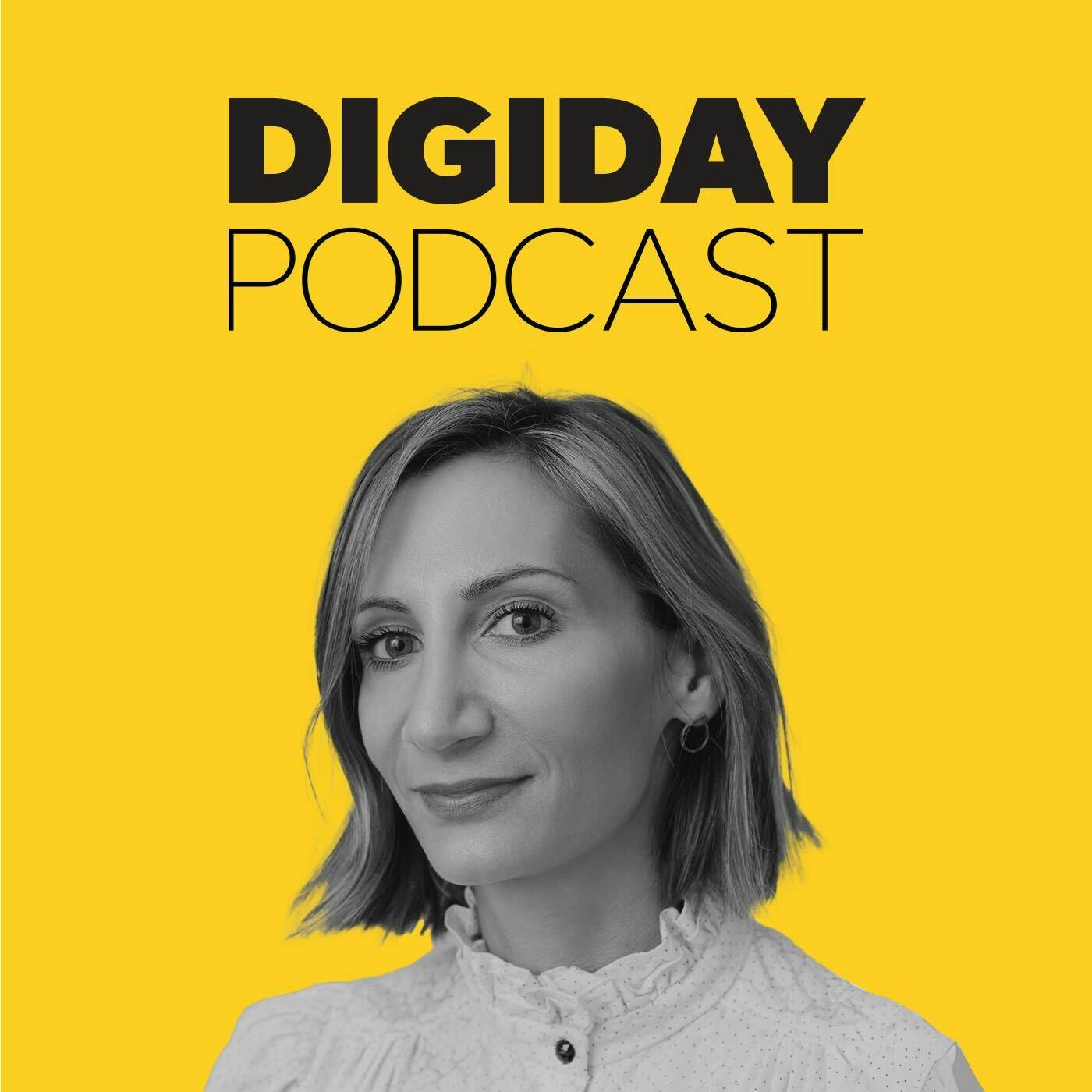
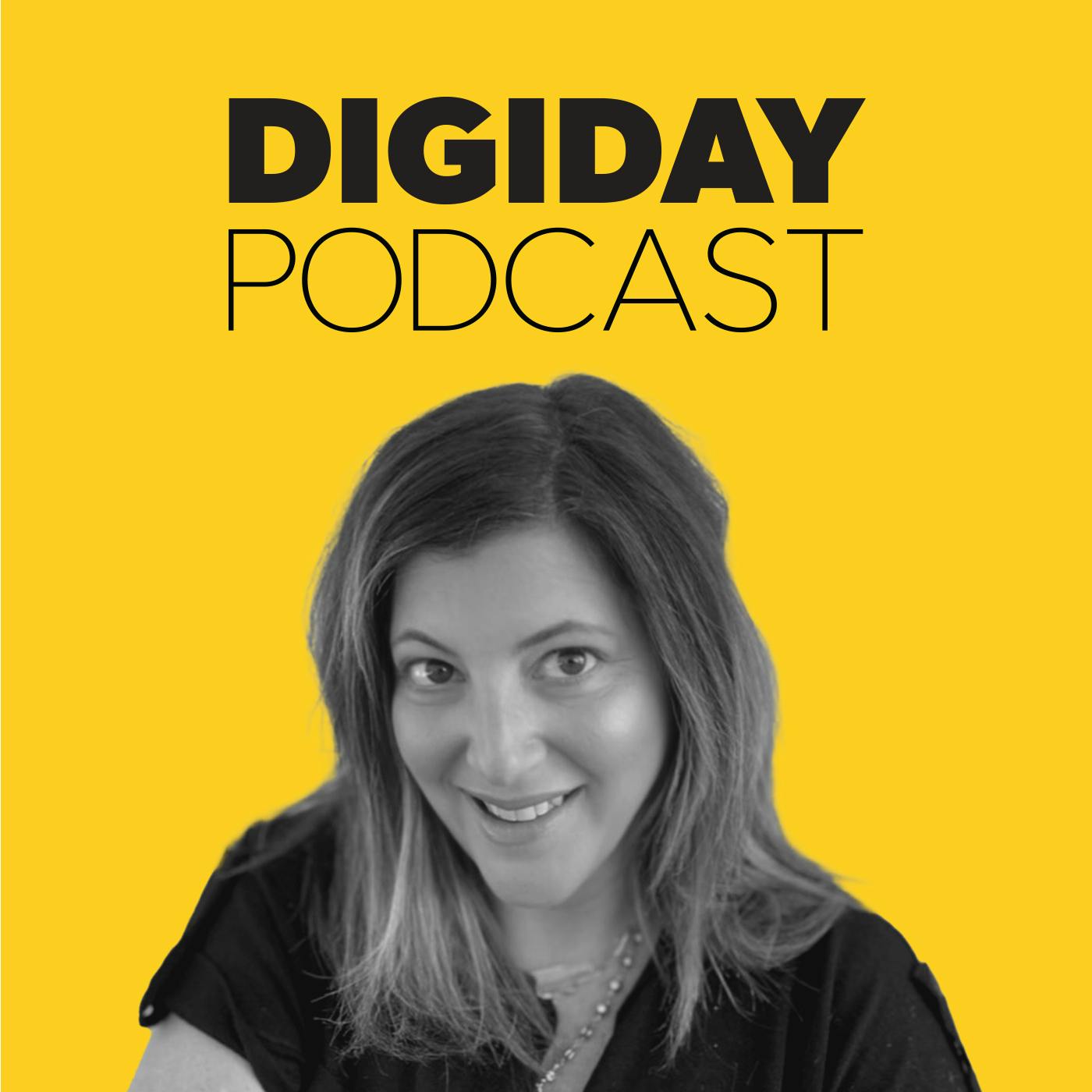
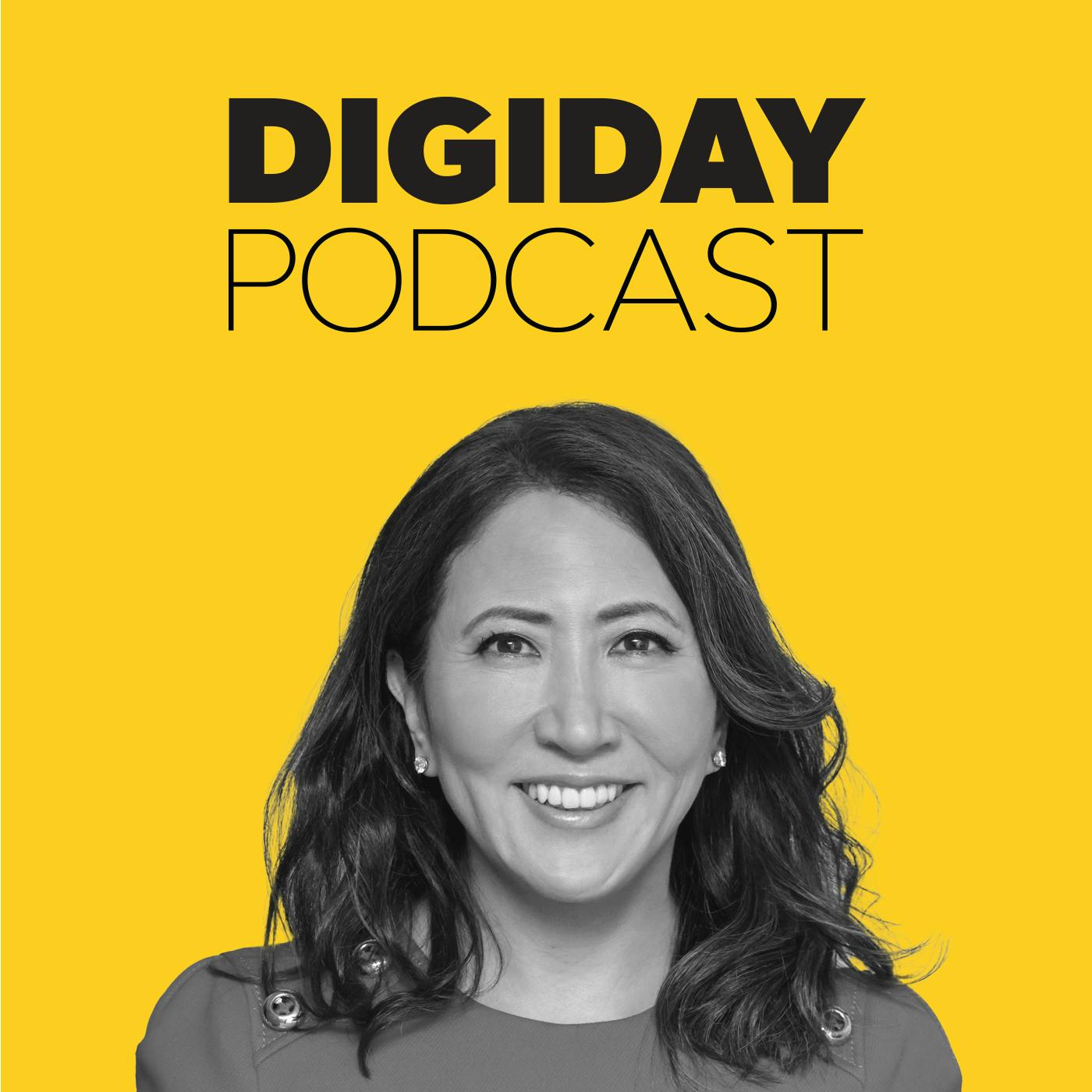
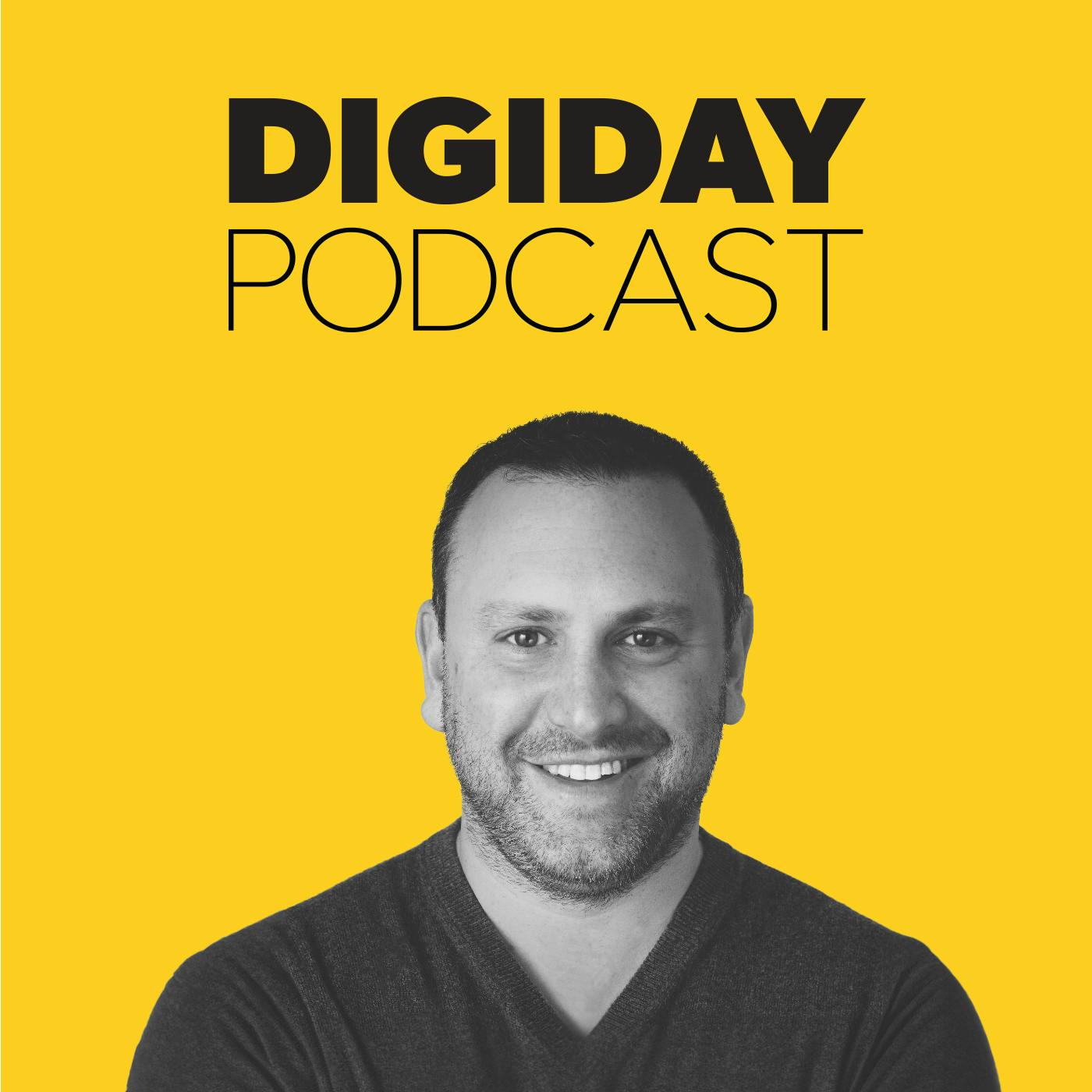
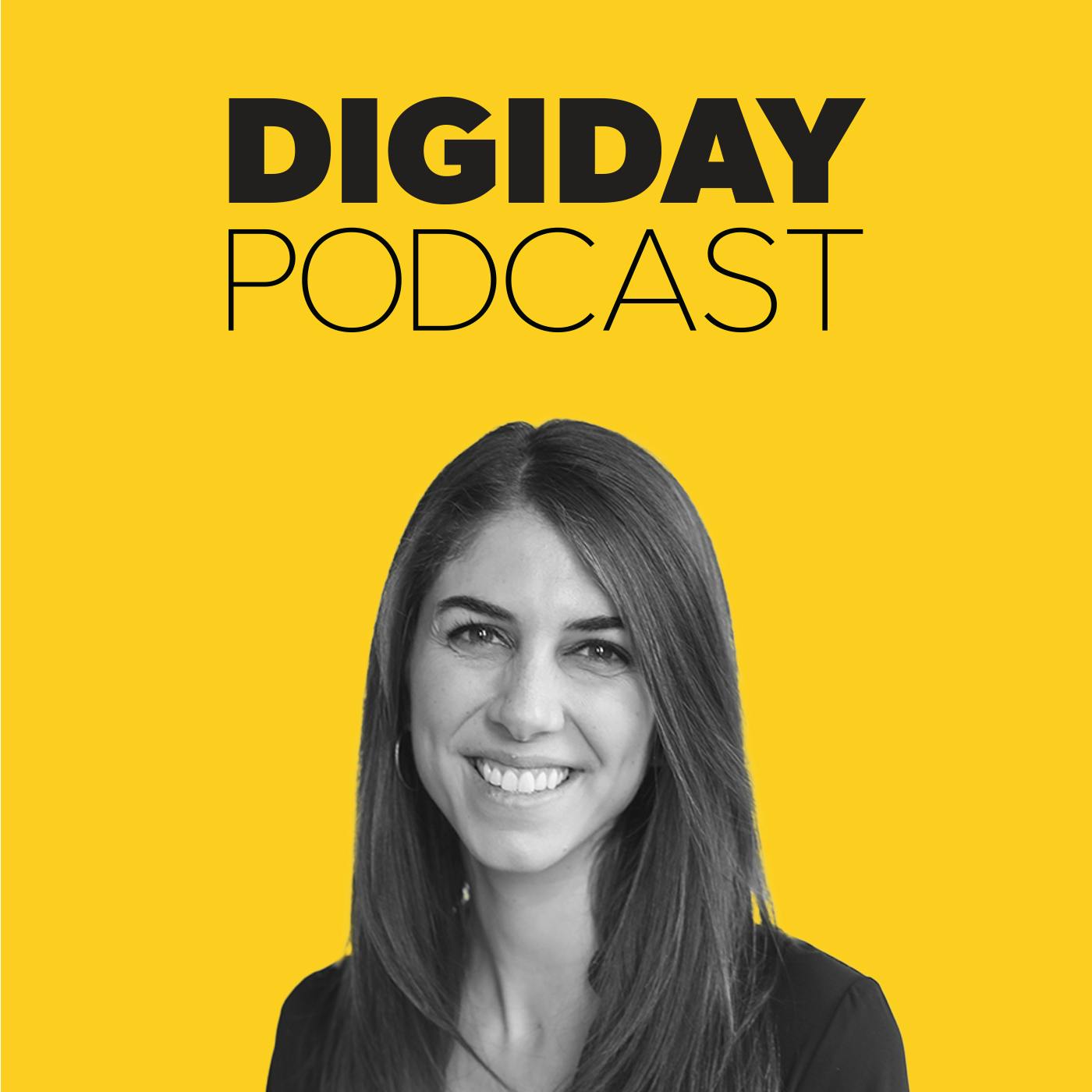
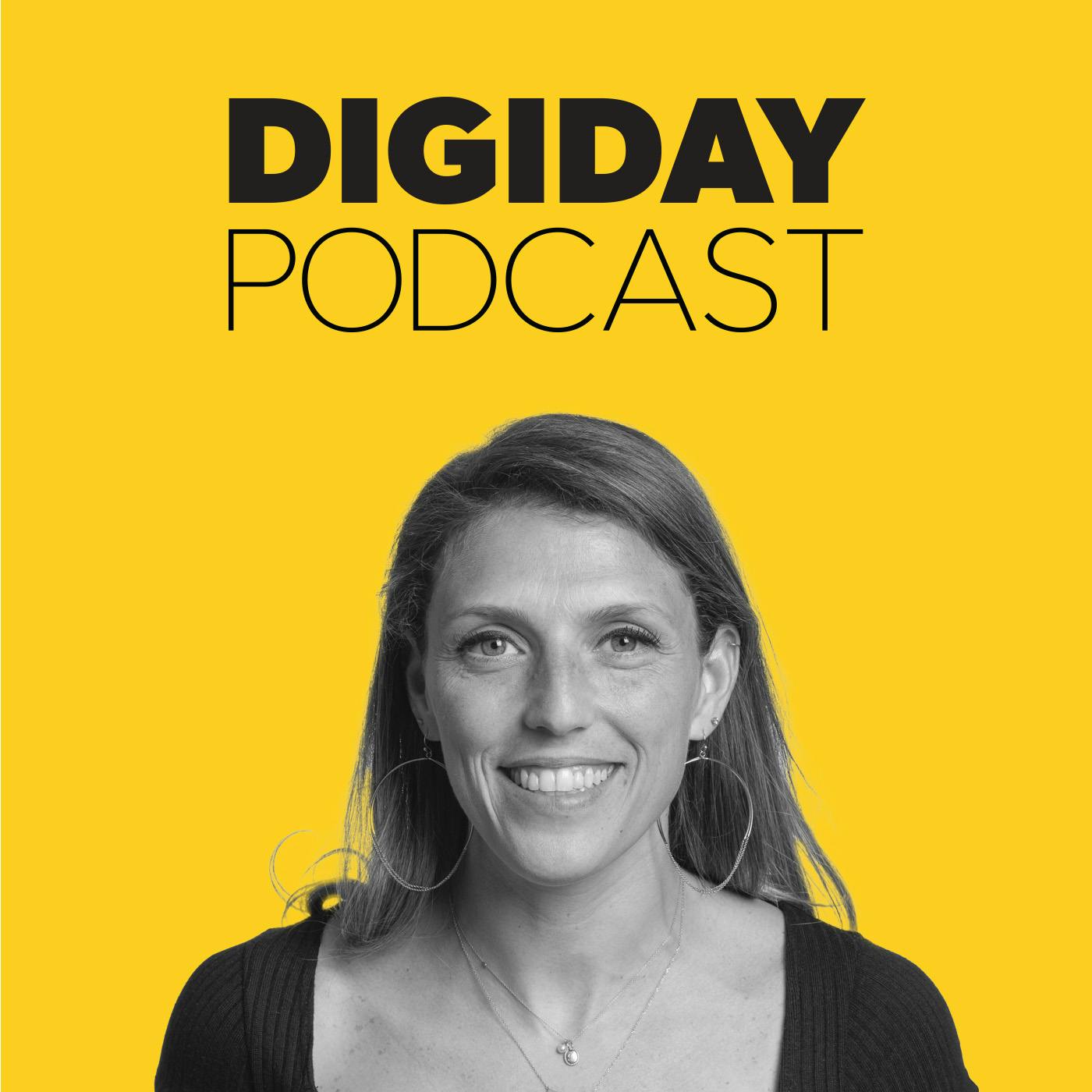
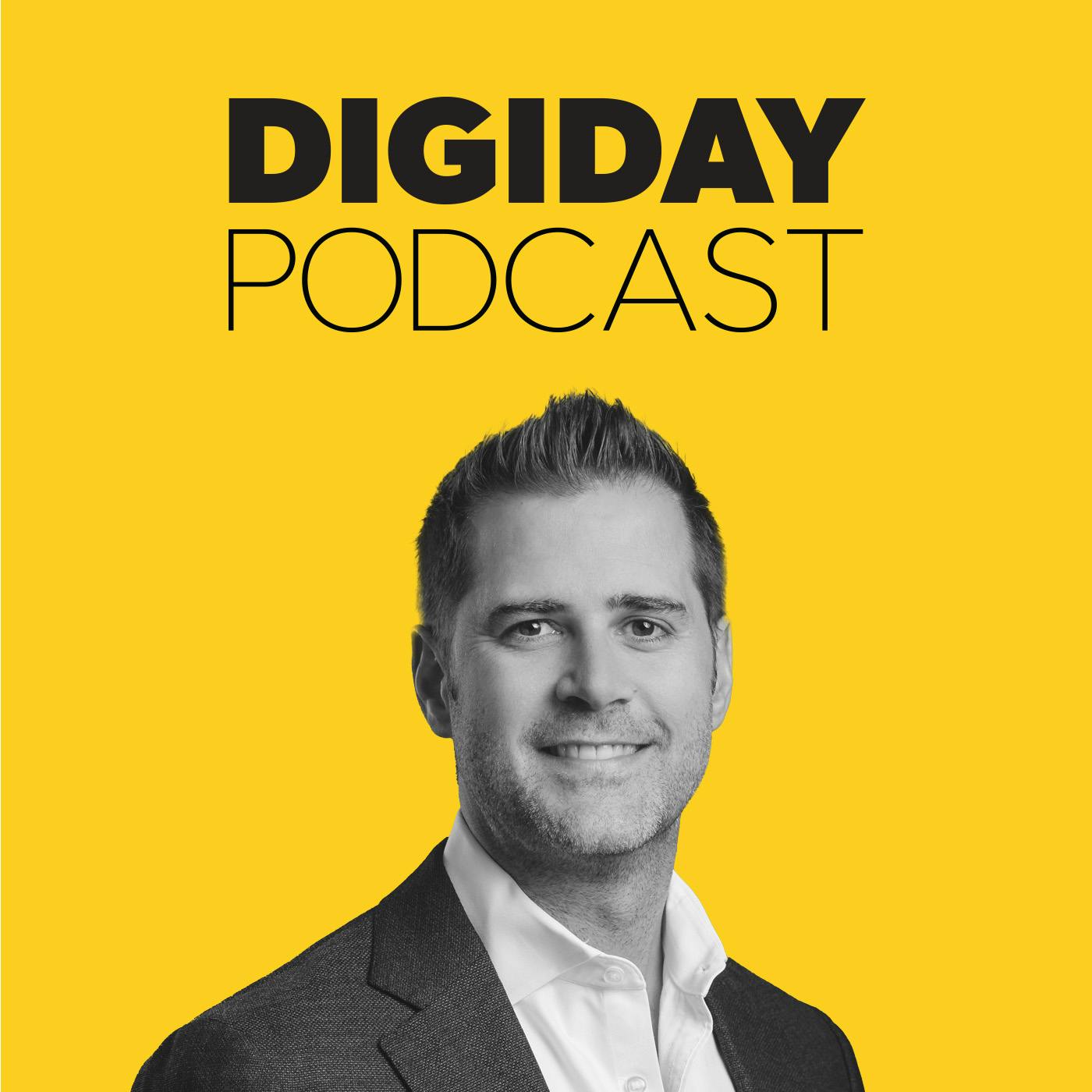
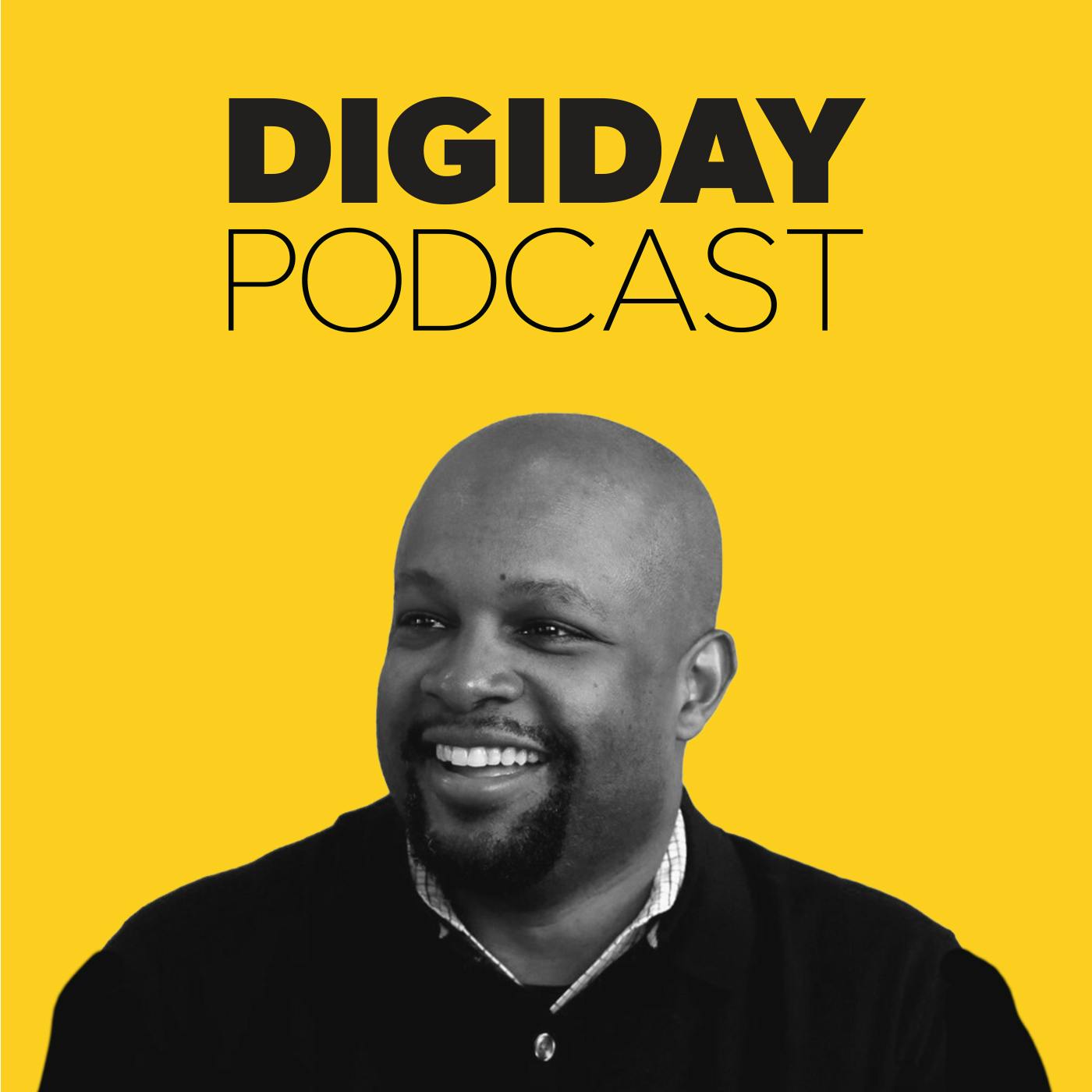
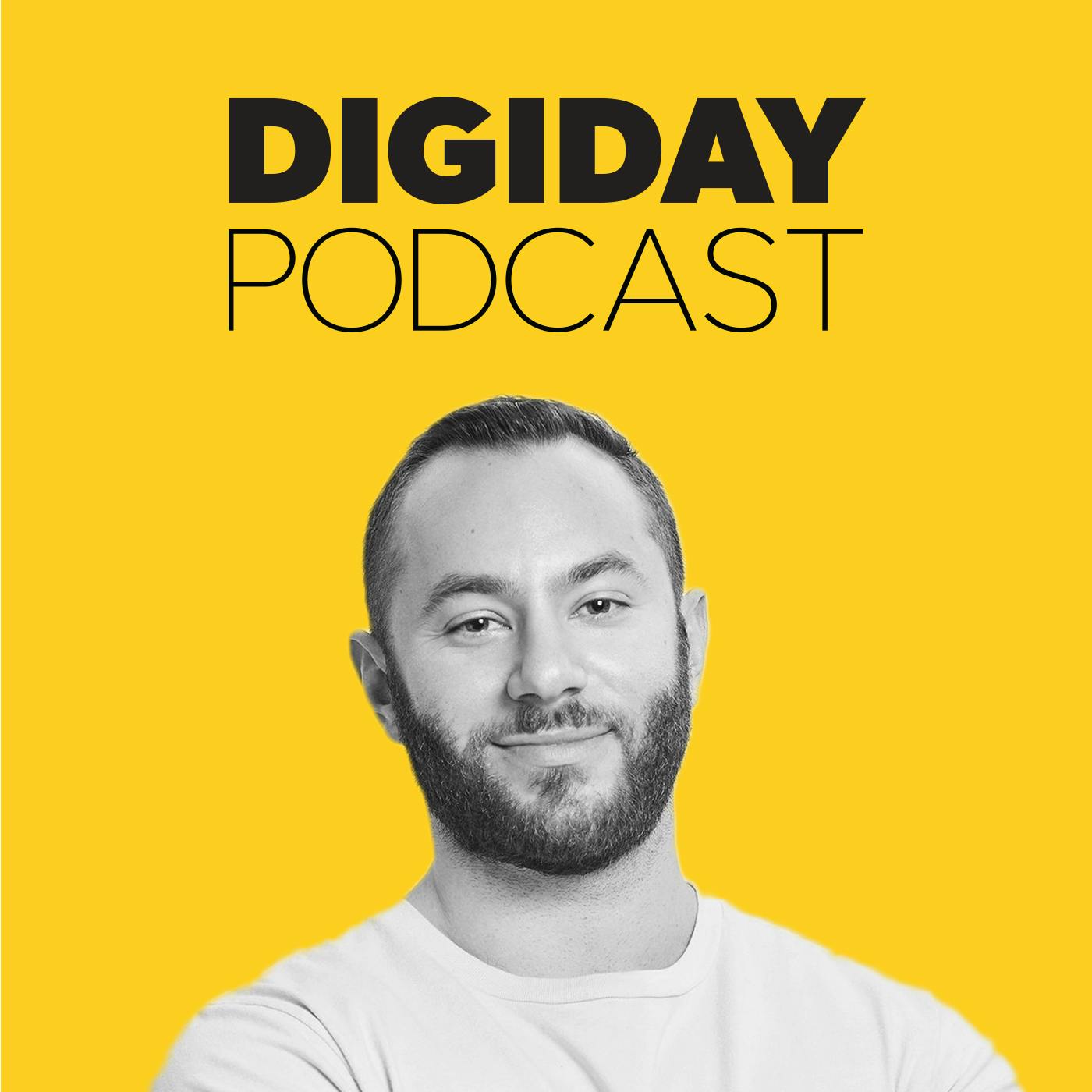
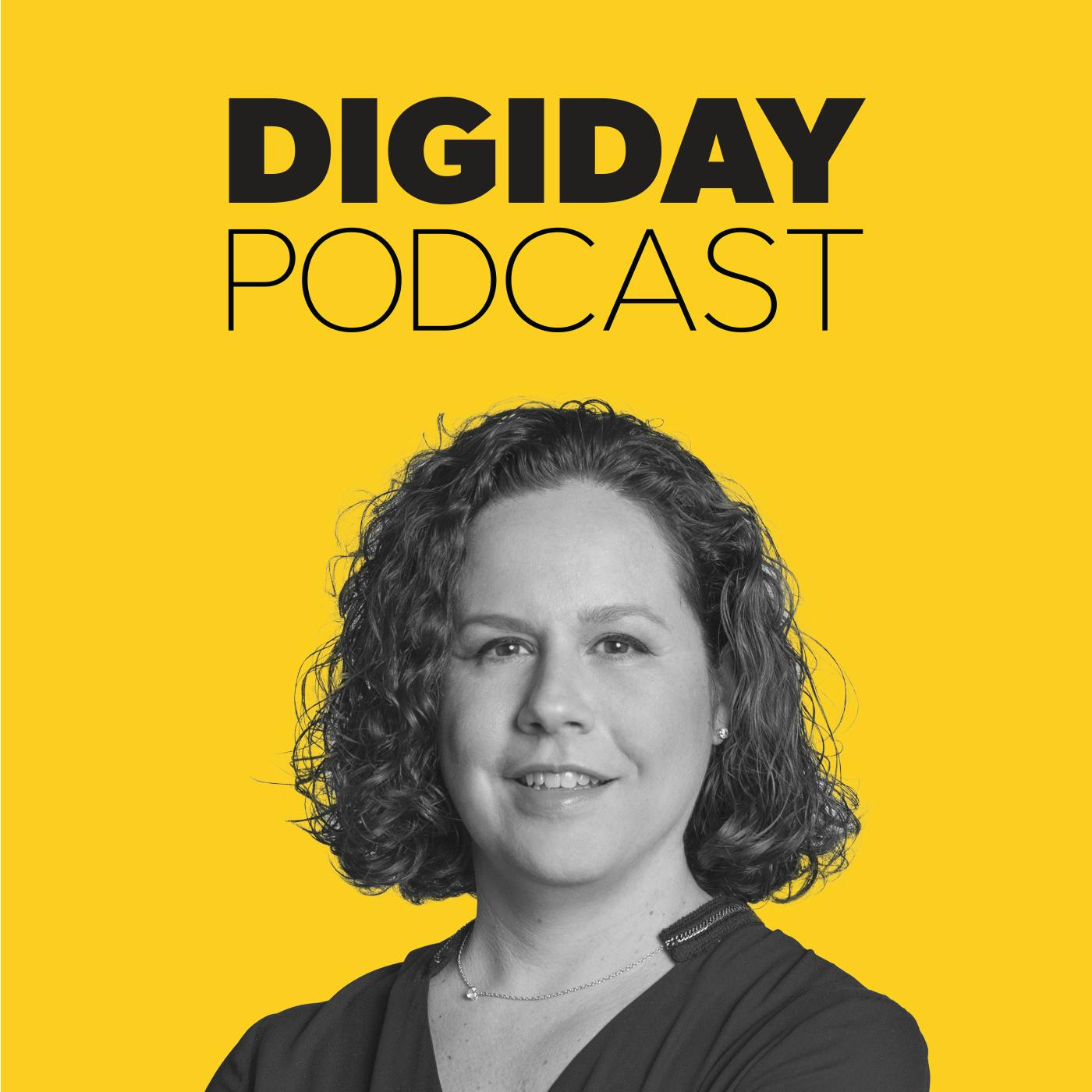
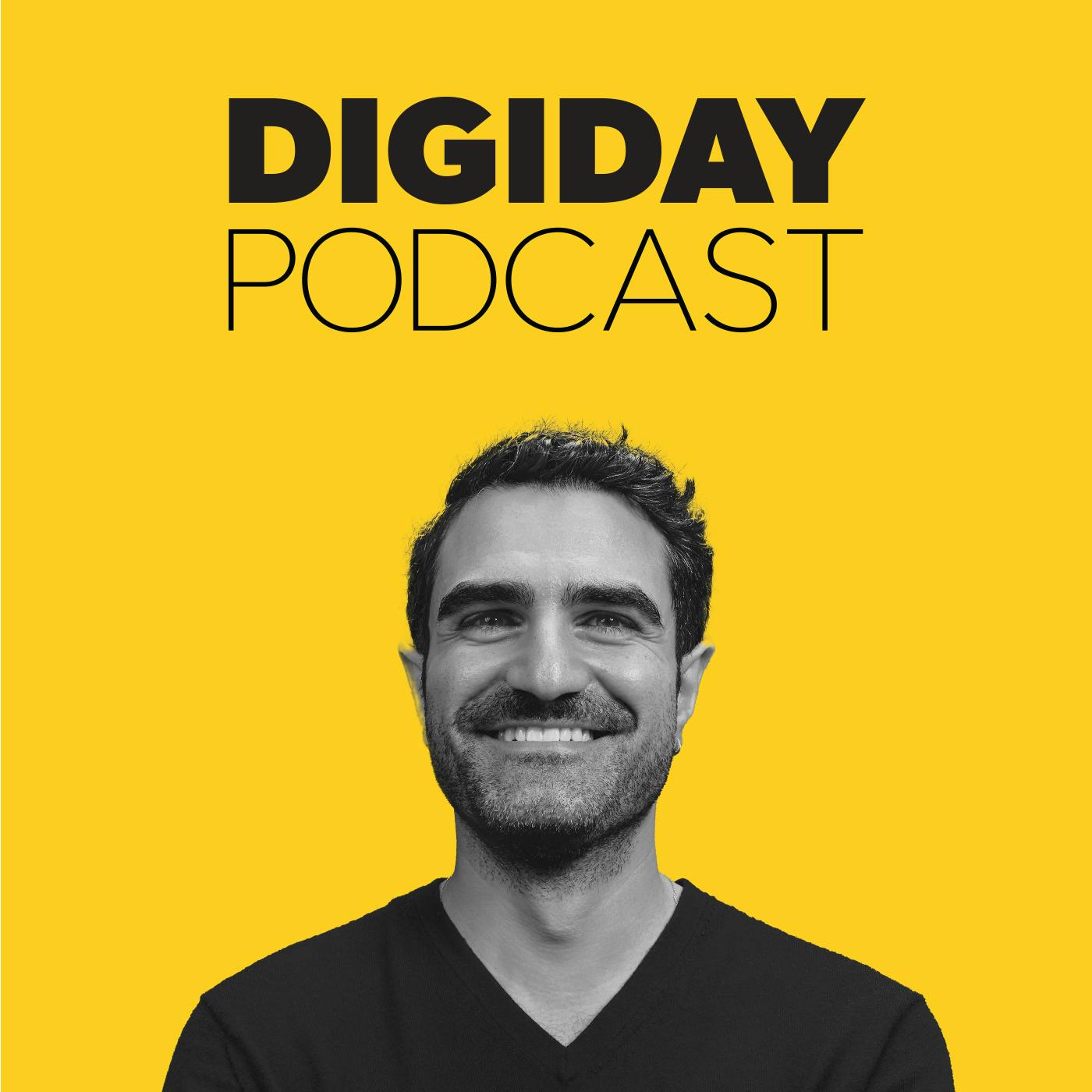
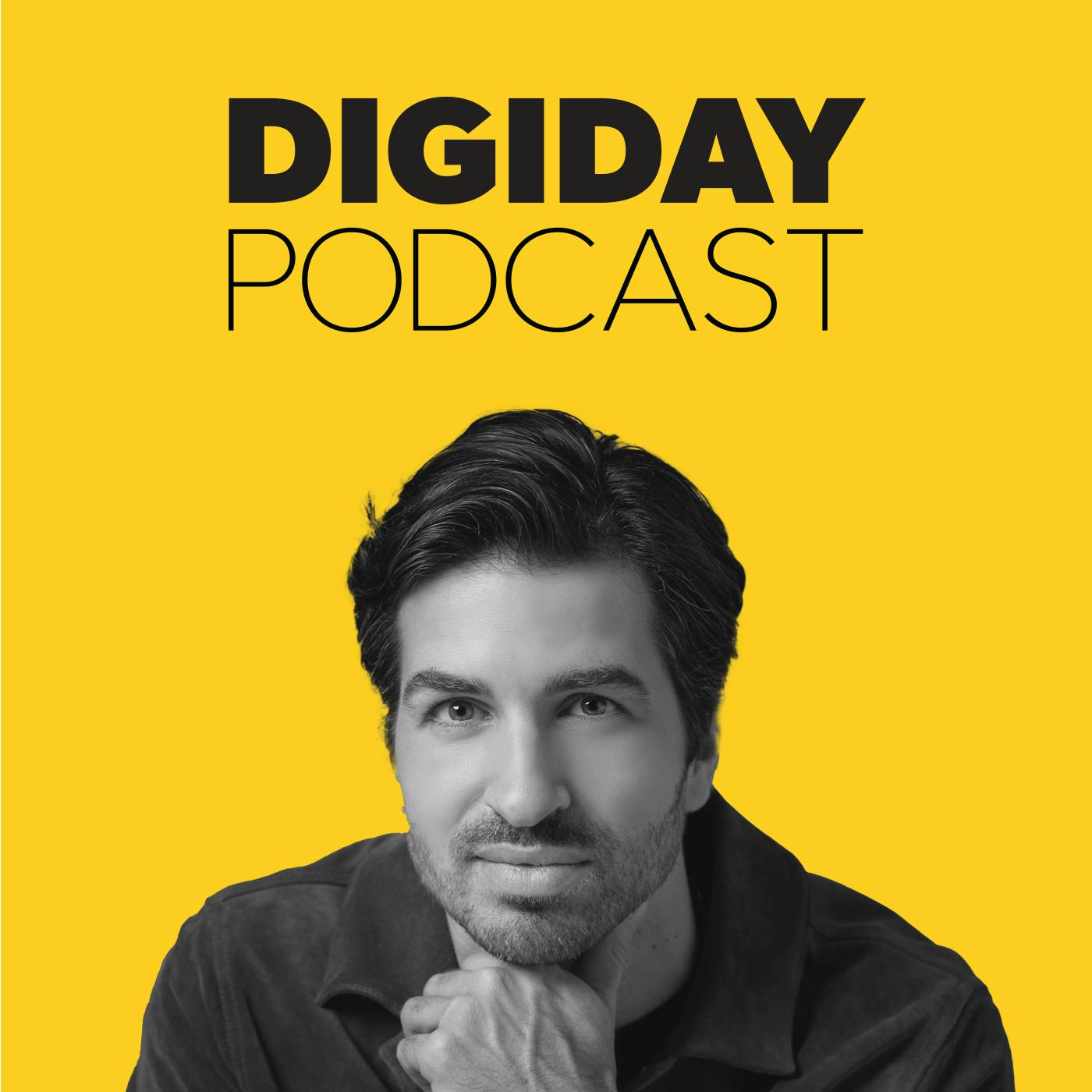
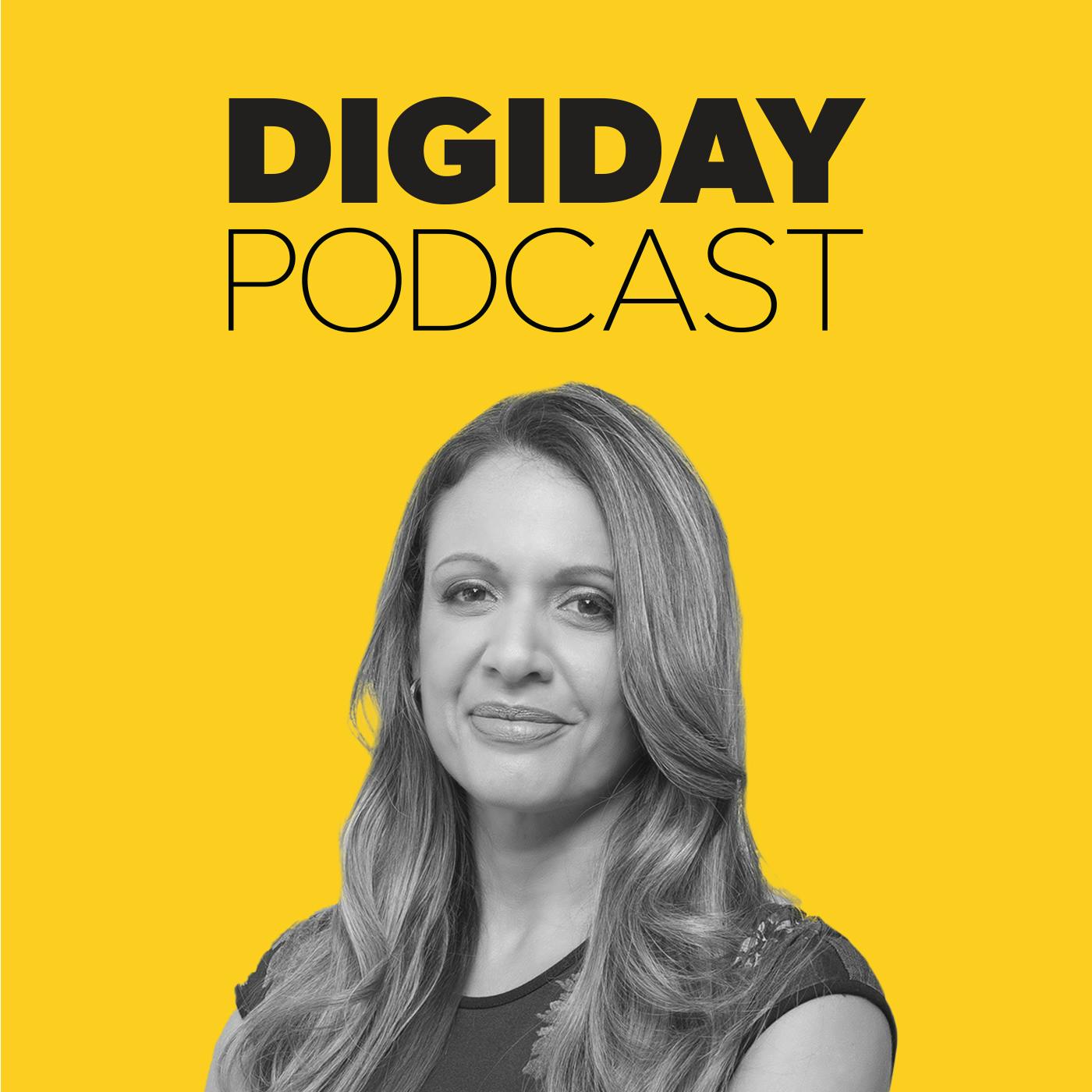
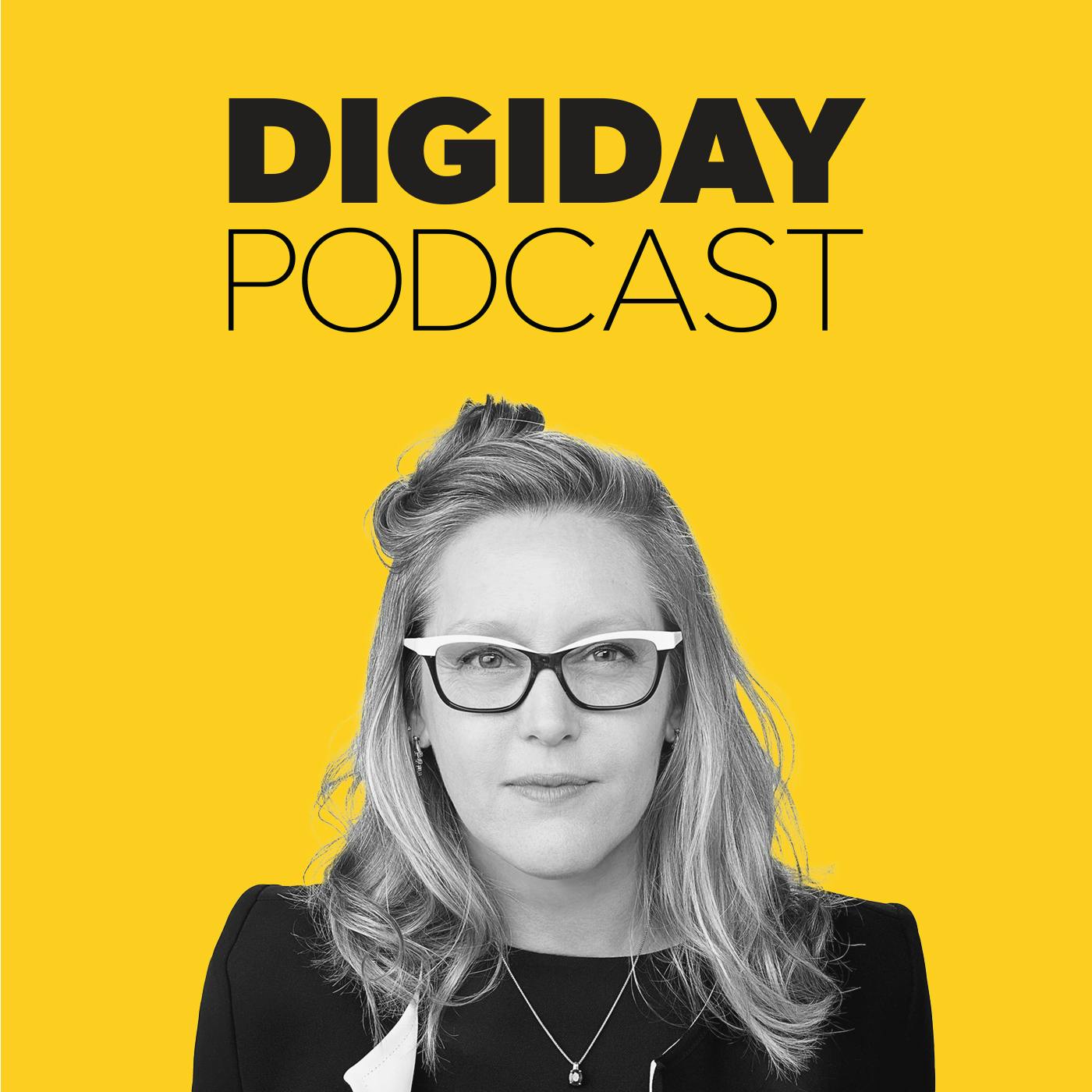
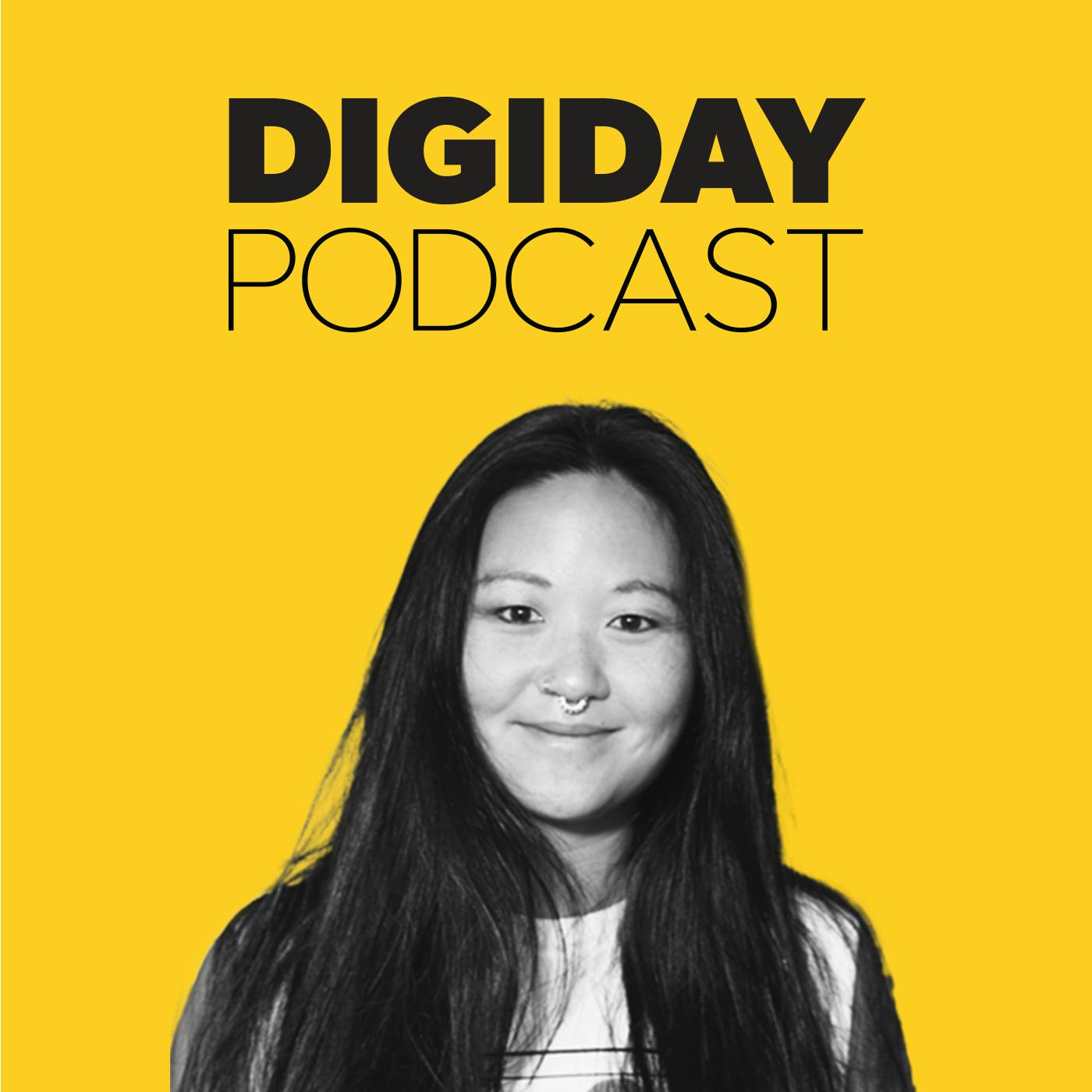
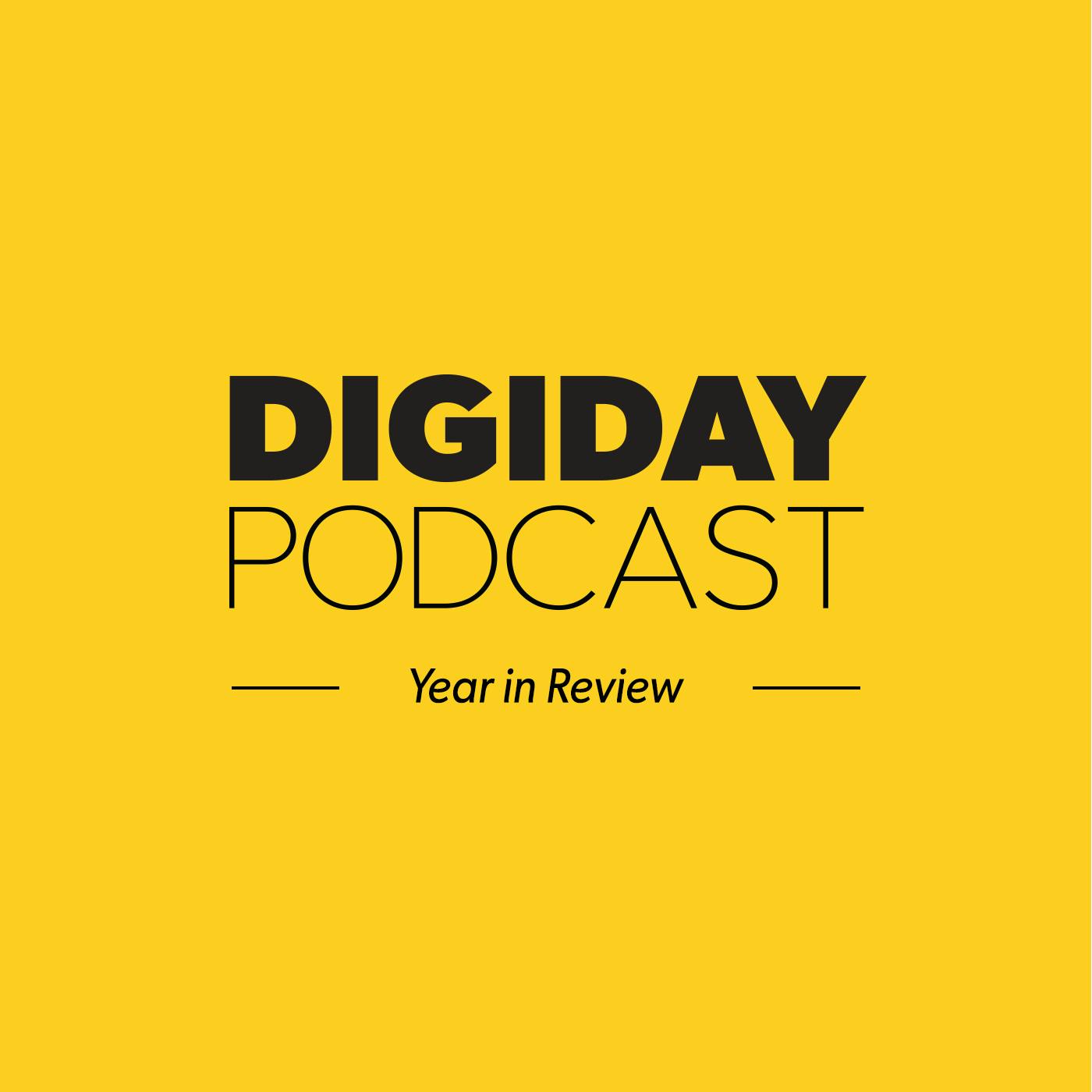

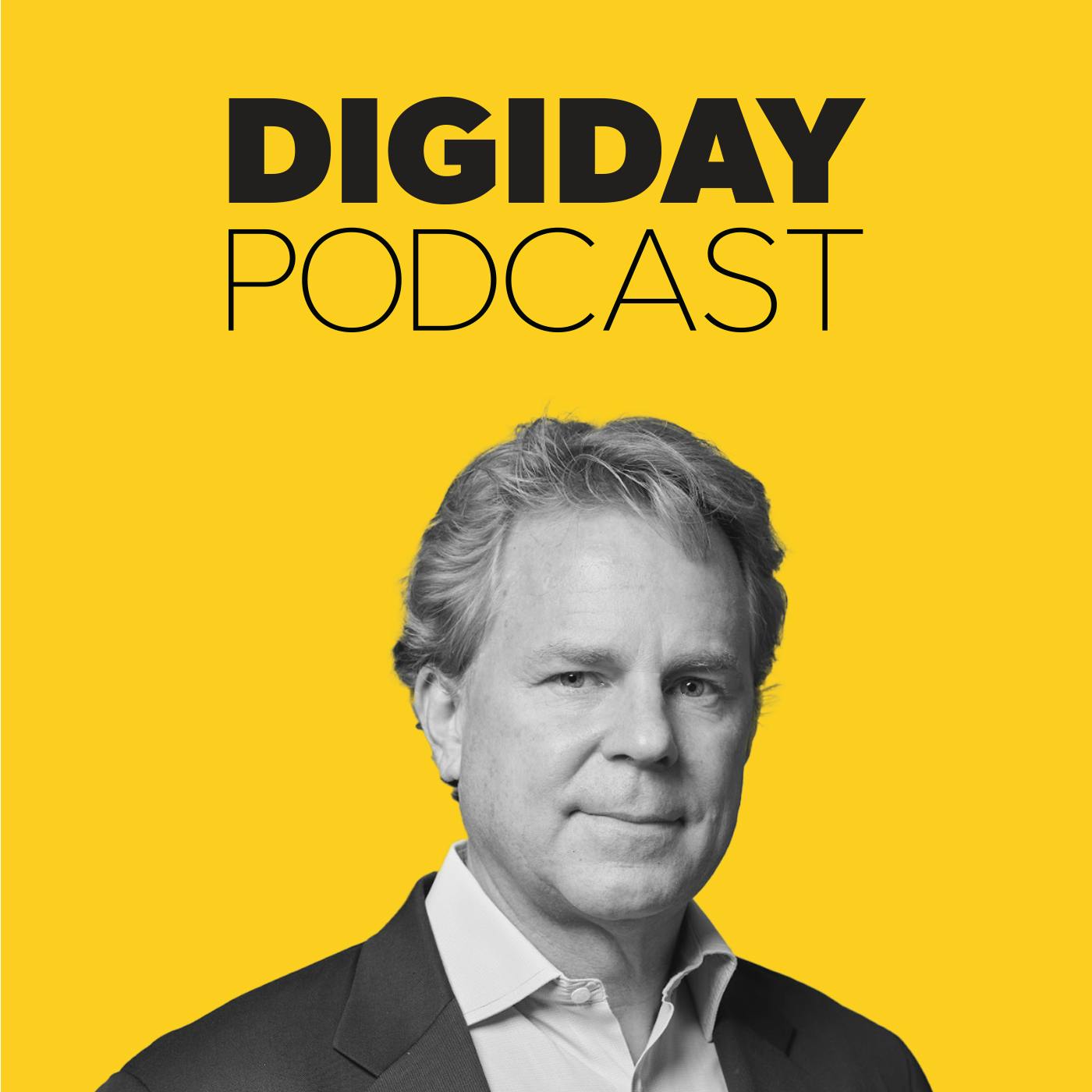




Sad, sad joke. Steven I'll concede seemed genuine in his goals. But the fact MSM & new tech STILL can't even see & acknowledge the reprehensible journalistic criminality of the past decade from a near-religious fervor & hate (pretending both sides are equal offenders and victims of fake news ... is beyond soul-crushing. Every. Day.
"Print"??? Like....SERIOUSLY?? You. Hate. Earth?
This is my favourite media podcast. They always get the best interviewees